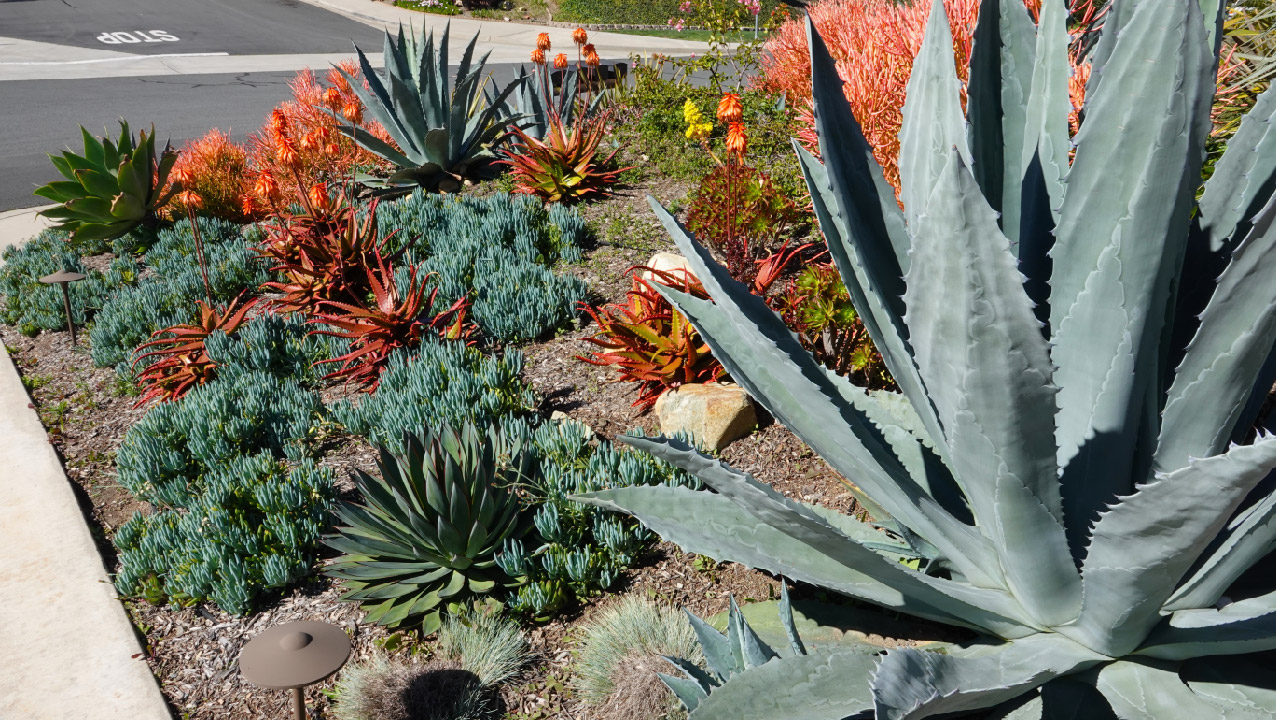What is sub-surface irrigation and How to Install it
Jun 1st 2023
Wondering if a subsurface irrigation system is for you? There are many factors to consider when deciding on the most effective irrigation system for your circumstances, including how often your plants need watering, weather patterns and how you would like your ideal landscape to look. Sub-surface irrigation offers many benefits, but is it right for you?
First of all, sub-surface irrigation is a type of drip irrigation system that is buried permanently in the ground. Originally developed for agricultural use, sub-surface irrigation can last over 20 years with proper maintenance. The depth and spacing of the emitters will depend on the specific plants or crops being grown in your yard.
How To Install a Sub-Surface Irrigation System
Installing one of these systems is a large undertaking, best done before you have your other landscaping in place. The first step is to remove any debris from your yard. Then, start laying your pipe out. Header lines carry the main flow of water, which is then distributed through the secondary lines. Be sure to include an air relief valve, designed to drain off any air in the pipes, locating it at the highest point of the yard. A flush valve is also necessary for the system to flush out any debris that may have accumulated.
If you are using sod or turf on top of your system, you simply place it on top of the installed lines, no excess dirt required. To seed grass, you should add a few inches of dirt on top of the pipes, followed by your seed. In raised beds, the system should be installed between anticipated plantings and covered by a layer of wood chips.
Advantages of Sub-Surface Irrigation
Water Efficiency- There is a large reduction in surface runoff and evaporation, coupled with an increase of deep-water percolation when sub-surface irrigation is used. The inherent ability to apply small amounts of water at one time is largely beneficial to both the plants and your water bill. The water also stays where it's supposed to, so no more getting sprayed or cleaning algae marks off the side of the house.
Water Quality Improvements- Especially if you like to use synthetic fertilizers or pesticides, it's important to minimize or even eliminate runoff from your yard. Nutrient and chemical leaching is markedly reduced with underground irrigation.
Greater Uniformity in Watering- Using the sub-surface system allows for each plant to be watered equally. This can lead to better control of the nutrients that your plants get. These systems also allow for the addition of liquid fertilizers through the lines.
A few other advantages include better weed control, improved plant health, system longevity and flexibility in design and automation.
Disadvantages of Sub-Surface Irrigation
Smaller water pattern- Depending on your soil composition, the water coming from your emitters may not get very far. This can lead to grass or plants that aren't directly next to an emitter receiving much less water than its neighbors.
Management Difficulties- Because this system is underground, any malfunctions or breaks can be hard to detect and fix. Corrections may require digging into your well-manicured landscape.
High Initial Costs- Sub-surface irrigation systems require a higher initial investment than many of their above-ground counterparts. There is often little to no resale value if you ever decide you would like to exchange it, and maintenance costs can also be high.
A couple of other disadvantages to consider may be the difficulty of end-of-life removal if you choose to use it for your lawn, less tillage options in an agricultural setting and the potential for plastic waste left sitting underground if the system is abandoned.

